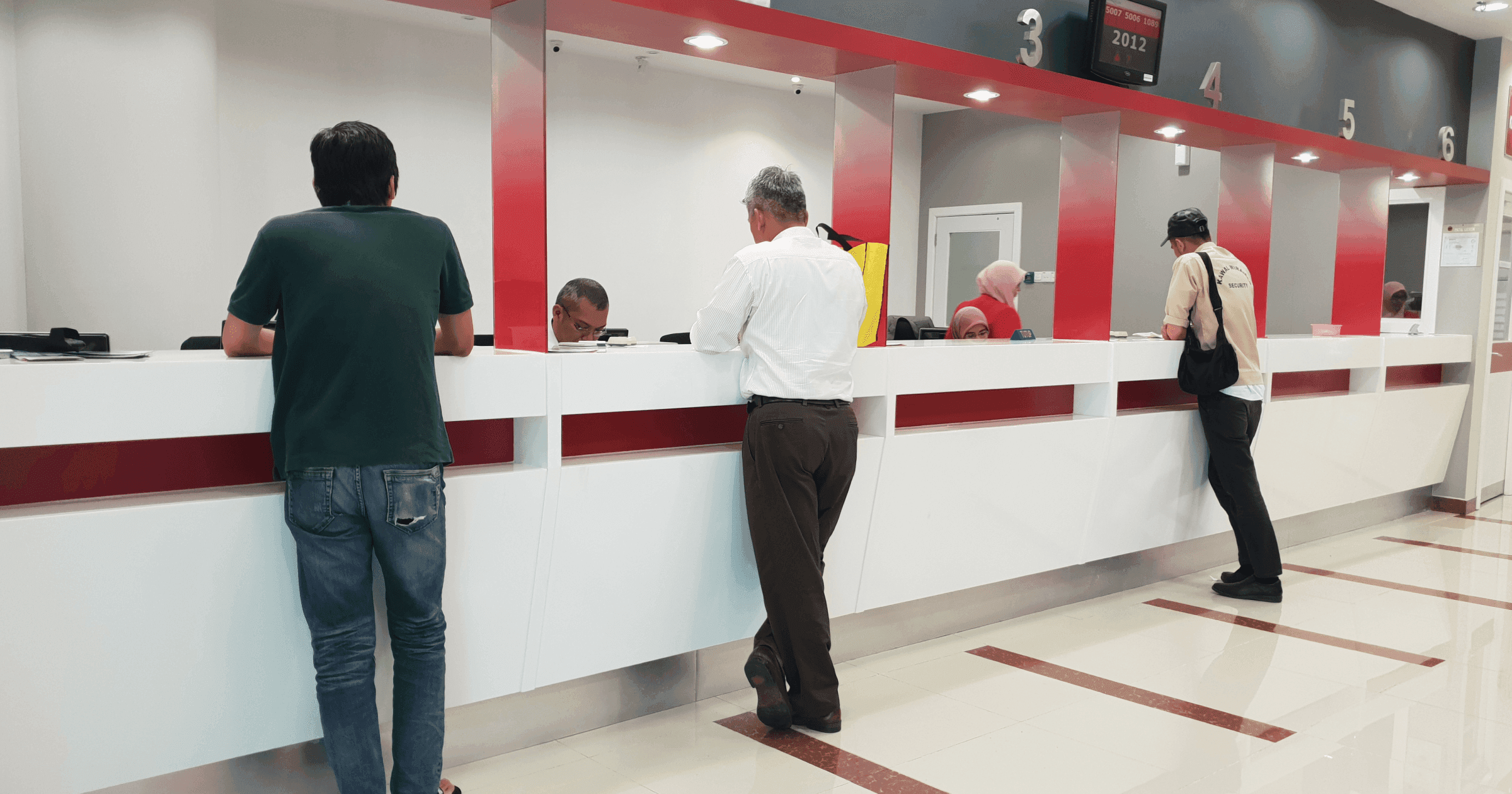Italy, with its captivating cities and delectable cuisine, attracts over 60 million visitors annually, many of whom become expatriates enchanted by its rich culture and thriving industries like fashion, tourism, and automobiles.
However, opening a bank account in Italy can pose challenges for foreigners. Fear not, as we guide you through the steps to access Italian bank accounts for foreigners, covering requirements for foreigners, online account opening procedures, and optimal strategies at each stage.
Let’s start the journey
What you need to know about Italian fees
Account types in Italian banks
Top banks for non-residents in Italy
Documents for a bank account in Italy
The process of opening a bank account in Italy for non-residents
What to do if you are refused an Italian Bank account
Profee — convenient solution for expats in Italy
Let’s start the journey
Embarking on the journey to get a bank account in Italy for foreigners is crucial, offering both residents and newcomers seamless financial transactions and added convenience. For immigrants from diverse backgrounds like Brazil, India, or Ukraine, navigating Italy's banking landscape might seem daunting initially. Yet, armed with knowledge and confidence, it becomes a manageable endeavour. In this comprehensive guide, we unveil the intricacies of Italian banking, from choosing the right institution to fulfilling documentation requirements, empowering you to master financial management in your new Italian abode. So, how to open a bank account in Italy?
What you need to know about Italian fees
When it comes to managing your finances in Italy, understanding bank fees is essential. Italian banks, like their counterparts worldwide, impose various charges that can impact your financial planning. Let's delve into the intricacies of Italian bank fees to help you make informed decisions about your money.
- Diverse fee structures. Italian banks exhibit a wide range of fee structures, and it's crucial to familiarize yourself with the policies of your chosen institution. While some banks may waive account opening fees, others might charge hefty amounts if you lack a codice fiscale, Italy's tax code.
- Opening account fees. The good news is that many banks do not charge a fee for opening a bank account in Italy. However, be prepared for potential charges if you're unable to provide the necessary documentation, such as a codice fiscale.
- Wire transfer costs. Sending money domestically or internationally through wire transfers incurs fees. Compared to the United States, where the cheapest transfer fee is $15, Italy offers relatively inexpensive options, typically less than €1 per transfer.
- Autopay charges. Automating bill payments through autopay with an online bank account in Italy can streamline your finances. However, keep in mind that Italian banks may charge a fee each time money is automatically withdrawn, usually less than €1 per transaction.
- Quarterly account maintenance fees. To keep your account active, many Italian banks impose quarterly maintenance fees. While these fees are typically less than €10, they can vary depending on the bank. Annual debit card fees. Owning a debit card in Italy may come with annual fees. These costs vary between banks, so it's advisable to compare offerings to find the most cost-effective option.
Account types in Italian banks
Italian residents and citizens benefit from access to standard bank accounts, providing them with convenient financial services. These universally offered account types are among the most common choices for clients in Italy.
| Account Type | Description |
|---|---|
| Conto Corrente | This serves as the fundamental account type, facilitating day-to-day banking activities like deposits, withdrawals, and debit card transactions. |
| Conto Risparmio | Designed for long-term saving goals, this account accrues interest on deposits while often imposing restrictions on withdrawals. |
| Conto Conjoint | Shared among multiple individuals, this account allows collective management of finances and is frequently utilized by couples or business partners. |
| Conto Studenti | Tailored for students, these accounts often feature benefits such as reduced fees and increased transaction allowances. |
| Conto Aziendale | Catering to entrepreneurs and companies, this account offers business-specific functionalities like invoicing services and access to business loans. |
| Conto Online | Providing digital access to banking services, these accounts are primarily managed through mobile apps and online platforms. |
| Conto in Valuta Estera | Ideal for international transactions, this account enables transactions in foreign currencies, aiding in currency exchange and cross-border transactions. |

Top banks for non-residents in Italy
Navigating the process of how to open a bank account in Italy as a non-resident can be both complex and essential for establishing financial stability in a new country. In this segment, we delve into the top banks catering to non-residents in Italy, offering invaluable insights into their account opening procedures, benefits, and tailored services.
To help you choose the right Italian bank as a foreigner, here's an overview of some major banks in Italy:
| Bank | Products Offered | Fees to Consider | Branches |
|---|---|---|---|
| BancoPosta | Current accounts, prepaid cards, various targeted accounts | Monthly fees applicable, but can be reduced based on account usage. Transfer and transaction fees may apply. | 12,000+ |
| UniCredit | Current accounts, base accounts. | Flat fee of €4 per month or annual fee of €48 depending on account type. | 1,500+ |
| Deutsche Bank Italia | Accounts, cards, savings, investments, insurance, loans | Fees vary based on account type; individual features and fees apply. | 200+ |
| BNP Paribas BNL D’Italia | Accounts, cards, mortgages, loans, insurance, etc. | Some accounts offer no monthly fees, but transaction fees still apply. | 1,000 |
| CheBanca | Accounts, cards, mortgages, investments, loans | Monthly fees may apply, but they cover certain free services each month. | 200+ |
| Intesa San Paolo | Accounts, savings, mortgages, loans, investments, etc. | Some accounts have no monthly fees for app users, others offer free accounts for children. Various transaction fees. | 3,700 |
Each bank offers a range of services and features, so consider your banking needs and preferences before making a decision. While there's no single best Italian bank account for foreigners, opting for one of these major banks ensures access to a wide network of branches and ATMs, along with the possibility of finding English-speaking staff, particularly in larger banking groups.
Documents for a bank account in Italy
To open a bank account in Italy, whether you're a resident or a non-resident, you'll need to gather a few essential documents. While visiting Italy is the most convenient way to acquire these documents, it's important to note that you'll eventually need to visit the bank in person for security reasons, even if you initially open a bank account in Italy online. Here's what you'll typically need:
- Valid passport or national ID.
- Code Fiscale (Italian tax code).
- Certificato di Attribuzione del Codice Fiscale (the document you receive after obtaining your tax code).
- Employment agreement (such as a work contract or proof of funds) or documentation proving enrollment in an Italian school (for residents / international students only).
- Proof of address in Italy (rental agreement, utility bill, or official correspondence).
- Residence permit or visa (depending on your residency status).
It's worth noting that obtaining your tax code (Code Fiscale) is relatively straightforward, as almost all tax offices in Italy's major cities can provide it.
The process of opening a bank account in Italy for non-residents
Are you an expat in Italy looking to open a bank account in Italy, but unsure where to start? Don't worry, we've got you covered! Follow this simple step-by-step guide to navigate the process of how to open a bank account in Italy.
Step 1:Prepare and collect all documents
Start by researching banks in Italy that cater to expats. Have a look at our table above and choose your perfect bank.
Before heading to the bank, make sure you have all the necessary documents. We advise you to check the list of required documents for opening a bank account in Italy on the website of the chosen Italian bank. If you do not have a good level of Italian yet, use the English version of the websites.
If you're unsure about the process or need help understanding Italian banking terms, consider seeking assistance from expat communities, forums, or local expat assistance services. They can provide valuable guidance and support.
Step 2: Visit a bank branch
Once you've done your research and gathered your documents, visit a bank branch in person. Explain to the staff that you're an expat looking to open an Italian bank account, and they'll guide you through the process.
Present your documents to the bank staff, who will likely make copies for their records. Make sure to have both originals and copies on hand.
Step 3: Choose an account type
Discuss your banking needs with the staff and choose an account type that best fits your requirements. They can explain the different options available and help you make an informed decision.
Fill out the required forms accurately and completely. If you're unsure about anything, don't hesitate to ask for clarification.
Review and sign any agreements related to opening bank account in Italy. Take the time to read through the terms and conditions carefully before signing.
Step 4: Deposit funds
If required, deposit the initial amount of money needed to open a bank account in Italy. The bank staff will inform you about the minimum deposit requirement.
Step 5: Receive your account details
Once your account is open, the bank will provide you with your account details, including your account number and any online banking information.
Step 6: Activate your account
Follow the bank's instructions to activate your account, which may involve setting up online banking or receiving a debit card. Make sure to complete this step promptly to start using your account.
Congratulations!
Mobile banking
Mobile banking is fast, convenient, and allows you to manage your funds anywhere in the world. Online and mobile-only options, like Revolut, are even more popular among internationals as they offer cross-border services and can be opened remotely.
Unlike traditional banks, you can open a mobile account in minutes via smartphone. You can also send any required identification documents digitally.

What to do if you are refused an Italian Bank account
If you encounter difficulties opening a bank account in Italy for non-residents, it could be due to reasons such as a failed credit check or insufficient documentation. However, in such cases, the bank should inform you about alternative options available to you. For instance, you might still be eligible for a basic account if you didn't pass the credit check for a standard current account.
It's important to note that Italian banks are mandated by law to provide some form of account to citizens of the EU/EFTA.
If you believe your rejection was unfair, you have the right to address your concerns by contacting the bank's complaints department. Each bank typically outlines its own complaints procedure on its website. Should you remain dissatisfied with the resolution, you have the option to escalate the matter to entities such as Banca d’Italia, the Banking and Financial Ombudsman (Arbitro Bancario Finanziario), or the Banking and Financial Conciliator (Conciliatore Bancario Finanziario).
If to open an Italian bank account proves unfeasible, you can still manage your finances by utilizing cross-border banking services from an overseas account.
Profee — convenient solution for expats in Italy
Profee offers expatriates in Italy a hassle-free way to send money abroad. With competitive exchange rates, a commission-free first transfer, and enhanced security measures, Profee ensures that your transactions are both cost-effective and secure. Its user-friendly interface makes sending money as easy as providing a phone number, catering to users of all technical backgrounds. Whether you're supporting loved ones back home or handling international financial commitments, Profee has you covered. Experience the convenience of Profee for your money transfer needs from Italy.
How to send money from Italy with Profee
Sending money from Italy with Profee is a convenient and secure process that allows you to transfer funds to over 60 countries worldwide. With Profee's user-friendly platform and competitive exchange rates, you can easily send money to your loved ones or business partners with confidence.
- Choose from over 60 countries as your destination, specify the amount you wish to transfer;
- Verify the current exchange rate for your selected destination;
- Complete a brief registration process, which typically lasts under 10 minutes;
- Provide the necessary transfer information, including the recipient's bank account details;
- Select your preferred payment method and validate the transfer.
In conclusion, mastering the process of how to open a bank account in Italy as a foreigner is fundamental for establishing financial stability and seamless integration into Italian society. Whether you're a student, expatriate, or business professional, having a bank account in Italy facilitates access to essential services and fosters financial independence. With the right knowledge and guidance, opening an Italian bank account becomes a manageable and rewarding experience, setting the stage for success in your new Italian endeavours.







